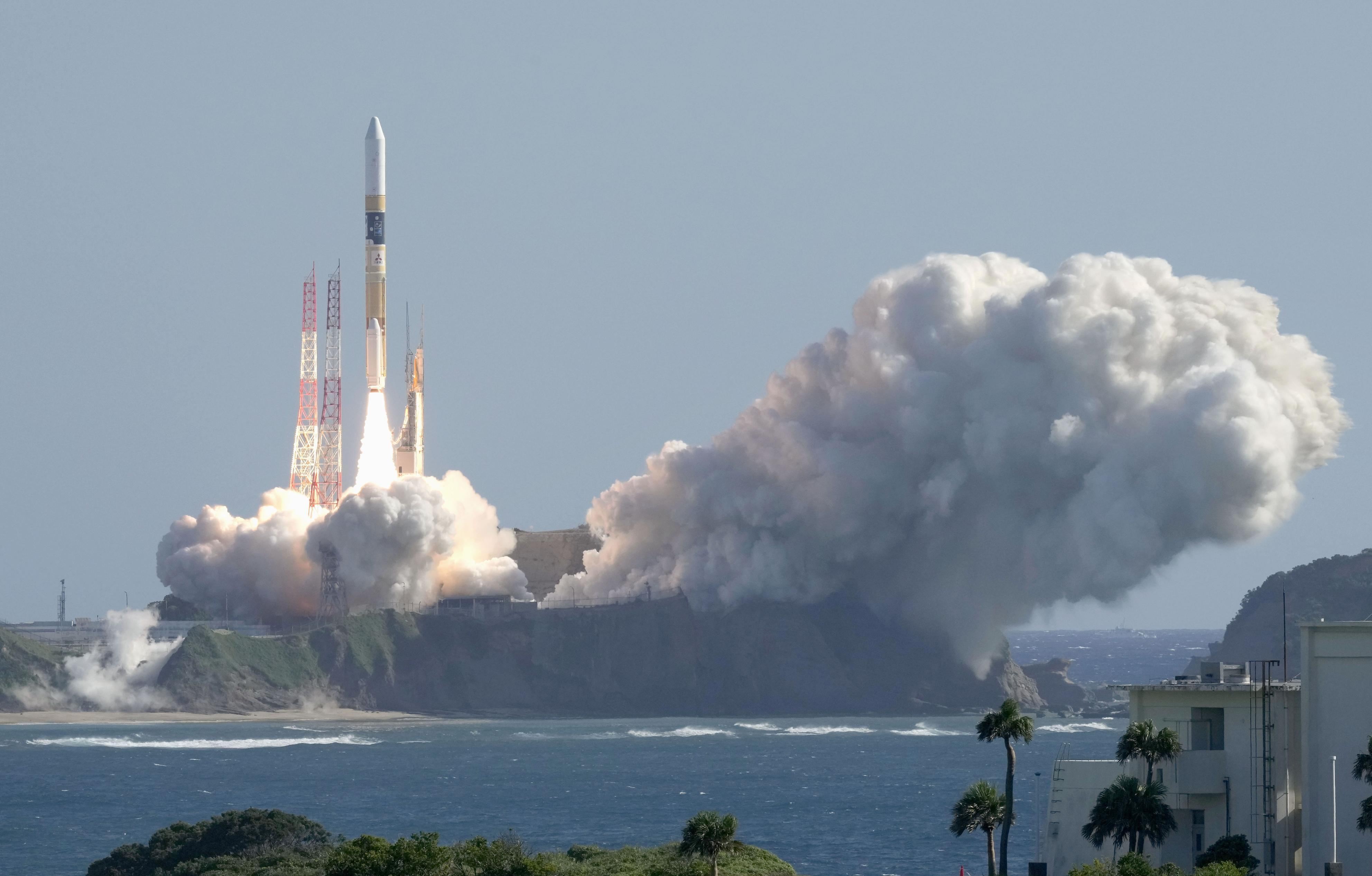In Japan, on Thursday, the mini-probe Slim embarked on its journey toward the Moon. The launch took place at 8:42 a.m. local time (1:42 a.m. CEST) aboard a rocket from the Japanese Tanegashima Space Center in the southern part of the country, as shown in a live broadcast by the Japanese space agency. The launch, which had been postponed three times due to poor weather, was watched online by around 35,000 people. Four to six months after the launch, the probe is expected to land on the Moon. During the landing, it aims to touch down on the lunar surface within a maximum distance of one hundred meters from its target, as opposed to the several kilometers typical of previous Moon landings. To achieve this high level of precision, the landing device is exceptionally lightweight and compact.
Using a palm-sized rover and a multispectral camera, the probe will analyze the composition of lunar mantle rocks after its landing, shedding light on the largely unknown internal structure of the Moon. "With the development of the Slim probe, humanity will be able to land where desired, not just where it is easy," said the JAXA space agency before the launch. This new technology also opens up the possibility of landing on "resource-poor" planets, they added.
If Japan succeeds with Slim, it would become the fifth country, after the former Soviet Union, the United States, China, and India, to achieve a soft landing on the Moon. Just a few days ago, India accomplished this feat after a Russian lunar probe had crashed on the Moon.
The data collected on the Moon by Japan will be used as part of the USA-led Artemis project, whose goal is to return humans to the Moon by 2025 and advance lunar exploration. The ultimate objective is the exploration of Mars by humans.
Japan's previous attempts at lunar landings had ended in failure, including last year's mission when Japan sent the lunar probe Ometonashi as part of the US Artemis mission. It was intended to be the world's smallest lunar lander, roughly the size of a backpack. However, the mission faltered shortly after the launch of the NASA rocket from the Kennedy Space Center in the US state of Florida.


